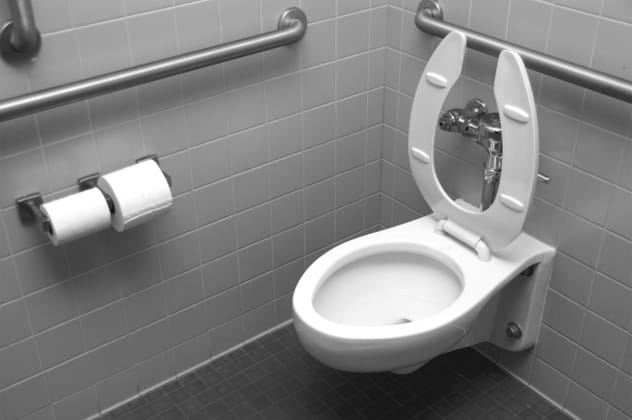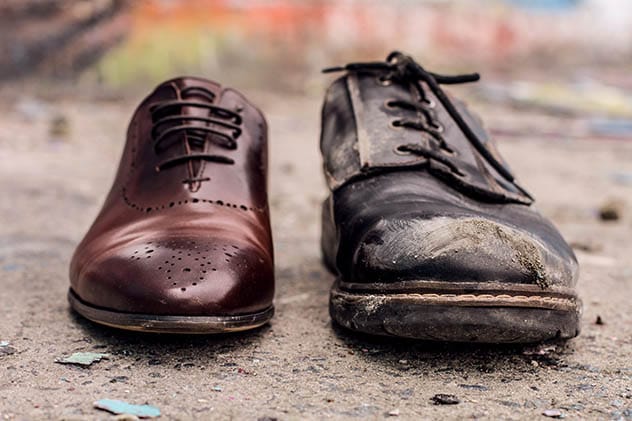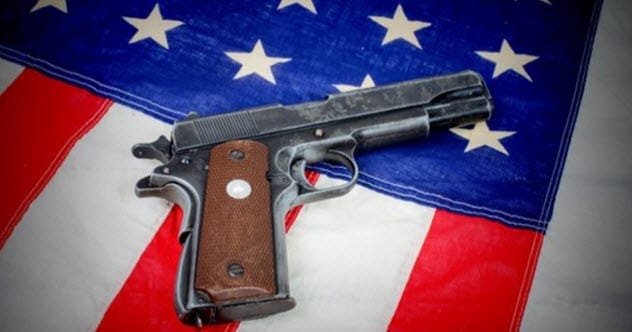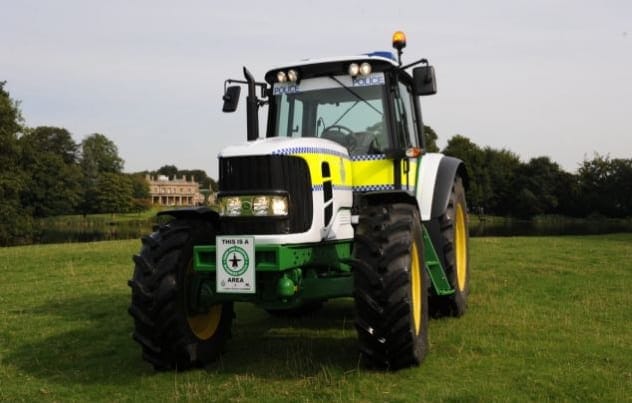The conveniences of modern society often make us forget the rich history behind everyday objects. These items have gone through decades of development, expert craftsmanship, and constant experimentation to reach their current standards. As society’s needs shift, these objects evolve, too. This list bypasses the obvious tech advancements, focusing instead on the inconspicuous objects that still hold significance in our lives. Here are ten everyday objects that have drastically changed throughout history.
Makeup

Makeup has played a crucial role in cultural and cosmetic standards throughout history. The earliest recorded use of makeup dates back to ancient Egypt around 3100-2907 BC. Men and women used skincare solutions, storing them in clay containers known as unguent jars. Egyptians later developed dark green powders from minerals like antimony to decorate their eyes.
Today, makeup is produced on a much larger scale. It involves many more ingredients, carefully chosen for their safety and effectiveness in altering appearance. Lipstick, for example, is now made by melting wax and oil together, then adding color pigments and a solvent solution. [1]
Toilets

Toilets are a basic necessity we often take for granted. The comfortable and dignified models we use daily are recent innovations. In Rome during 315 AD, public restrooms consisted of wooden seats with holes dug underneath. There were no barriers between occupants, and restrooms housed up to 144 people.
Romans viewed restroom visits as social opportunities, chatting with friends or strangers. It wasn’t until the 20th century that the toilet models we know today began to emerge. Around this time, toilets with flushable valves and water tanks became available to the masses. [2]
Shoes

Shoes have transformed from functional necessities to fashion statements. Initially, shoes needed to be durable and practical for vigorous physical activities. The earliest discovered footwear, dating back to the Stone Age (around 3300 B.C.), was made from deerskin with bearskin soles, stuffed with hay for support.
With limited tools, these shoes were an impressive feat of ingenuity. As societies moved away from physical labor, shoes became methods of aesthetic expression. During the Renaissance, shoes were crafted from expensive materials and used as status symbols. [3]
Chainsaws

The invention of the chainsaw has significantly impacted the timber industry. In the past, timber industries relied on axes, causing immense strain and fatalities due to unpredictable tree falls. In the 19th century, saws were used to cut down trees more efficiently. German doctors also used early models of revolving saws in medical procedures to cut through bones. These required manual operation.
The first electric chainsaw was invented in 1926, but it was bulky and required two people to operate. In 1959, a chainsaw resembling modern models became available to the public. [4]
Guns

Firearms have drastically influenced warfare, politics, and culture since their early inception. Around 850 AD, Chinese alchemists harnessed the explosive properties of gunpowder to create weapons capable of projecting objects at lethal velocities. This led to the creation of early cannons and grenades. Handheld firearms, consisting of hollow bamboo tubes packed with gunpowder and projectiles, were later invented but were ineffective at long ranges.
As time progressed, other countries began using gunpowder for munition purposes. In the 13th century, firearm innovations spread from Asia to Europe through flintlock firearms. American settlers further advanced firearm technology by using long rifles with twisted grooves, causing bullets to spin for improved accuracy. [5]
Eye Glasses

Eyeglasses have undergone numerous developments throughout history. Despite the prevalence of vision impairments, proper optical support wasn’t widely available until recently. Previous models were uncomfortable and inaccessible to the public, leading to worsened eyesight and blindness. Romans first discovered the ability to use glass to view small texts or distant objects, creating early magnifying glasses in the shape of spheres. The familiar pair of glasses we know today emerged in the early 1700s. [6]
Bikes

Bikes are a cost-effective and accessible mode of transportation. The durable and fast bikes we use today are the result of years of innovation. The first reported model was created by a German inventor in the early 19th century, featuring a steerable two-wheeled apparatus propelled by manual leg force. It lacked a chain, brakes, or pedals.
In the 1860s, French inventors added wheels, chains, and pedals to bikes, though these were uncomfortable and hard to control. By 1885, bikes with equal-sized wheels became available to the public, offering much more fluid control. [7]
Sewing Machines

Clothing production is intricate, requiring competent equipment and workers. Before sewing machines, clothing was made using hand sewing, a slower and skill-dependent process. In 1790, the first sewing machine model was designed, powered by a hand crank.
The idea came to fruition in 1834 when an American innovator created the first functioning sewing machine. However, fearing unemployment, he avoided patenting his product. In 1851, sewing machines began mass manufacturing for clothing companies based on lost and found patents, utilizing threads from two different sources to avoid jams. [8]
Lamps

Indoor lighting may seem basic, but modern lighting devices have undergone many alterations. The first lamps, created around 70,000 BC, were primitive hollow rocks filled with burnable material soaked in animal fat.
The biggest innovation occurred in the 18th century with central burners, featuring fuel sources enclosed in metal. An adjustable metal tube controlled the fuel burning intensity, altering the light’s brightness. Modern electrical bulbs were introduced in the 1870s by Thomas Edison and Joseph Swan, who invented the first electric incandescent lamps. [9]
Tractors

Tractors revolutionized the agriculture industry, significantly changing over time. Their invention expedited farming by eliminating the need to manually plant, cultivate, and fertilize crops. This invention was vital to supporting population growth after the industrial revolution. Despite the ingenious applications of the original tractor model, it has been tweaked to improve efficiency.
In 1897, the first factory dedicated to steam-powered tractor production opened. These tractors were innovative but designed for off-field driving as well, sacrificing features like larger plows for farming. In 1910, Henry Ford began producing gasoline-powered tractors exclusively for farming, featuring larger plows for greater yields. [10]
These everyday objects have changed dramatically over time, reflecting our evolving needs and technological advancements. From ancient makeup practices to modern tractors, each item tells a story of human ingenuity and adaptation.
Which of these evolutions surprised you the most? Leave your comment below!










